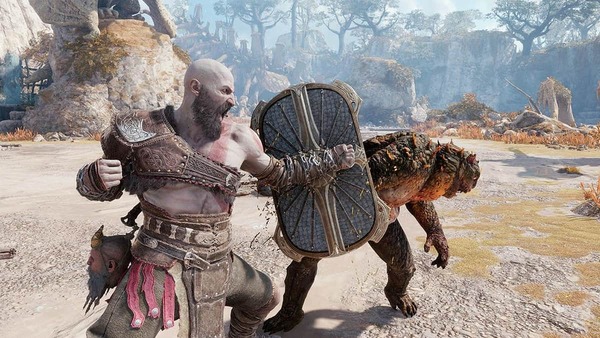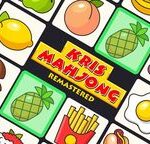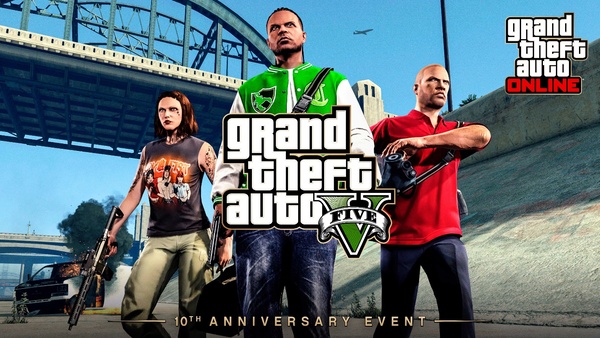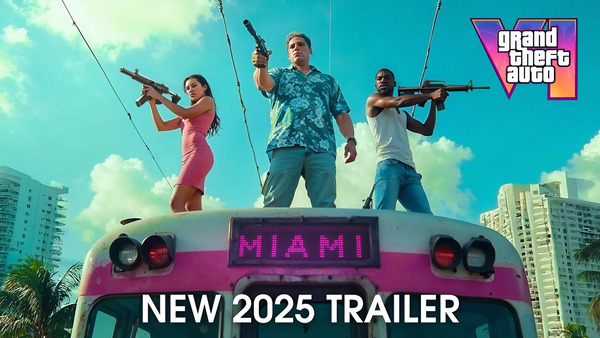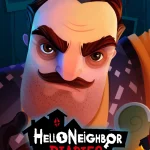Roblox: The Ultimate User-Created Universe in 2025
Introduction
Launched in 2006, Roblox has blossomed from a humble creation of David Baszucki and Erik Cassel into a global platform, revolutionizing gaming, social interaction, education, and digital economies. By February 2025, the platform boasted an average of 85.3 million daily active users and 380 million monthly users, drawing half of all American children under 16 into its vibrant ecosystem . Roblox isn’t just a game—it’s a destination where millions create, explore, socialize, and occasionally, earn real income. In this deep-dive article, we’ll explore Roblox’s history, unique features, impact, challenges, and what’s ahead in 2025.
1. The Birth and Evolution of Roblox
1.1 Early Days (2003–2009)
Roblox began as a physics sandbox project in 2003, initially called GoBlocks and DynaBlocks, before becoming Roblox in 2004 . Officially launched on September 1, 2006, it introduced Roblox Studio, enabling users to build and share simple experiences .
In its early years:
-
Monthly active users grew from a few dozen to 6.8 million by 2011 .
-
Platform monetization started in 2007 with the Builders Club, virtual currency Tickets, followed later by Robux.
1.2 Rapid Growth (2010–2020)
Roblox expanded rapidly:
-
30 million MAUs by 2016, reaching 120 million by 2020 during pandemic lockdowns .
-
In 2020, over 20 games exceeded 1 billion plays, with Adopt Me! reaching 10 billion plays and spotlighting Roblox’s potential .
-
Expanded across platforms: mobile (iOS/Android), Xbox One (2015), Oculus Rift (2016), VR/Quest devices, and later PlayStation 4/5 and Meta Quest Pro ().
1.3 Metaverse Aspirations (2021–2025)
-
IPO in March 2021, valued around $45 billion .
-
Continued growth: 97.8 million DAUs in Q1 2025, revenue reaching $1.035 billion (+29% YoY) .
-
The platform continues to roll out AI tools in Roblox Studio (2023–2024) to automate avatar building and texture creation .
-
Roblox seeks to be a “3D simulation communication” layer atop social experiences, edging closer to the metaverse vision .
2. What Is Roblox?
Roblox is a hybrid of a game platform and a creation system. At its heart lies Roblox Studio, a powerful, accessible engine built with Luau (a Lua derivative) for users to design and publish their creations. These “experiences” vary widely—from obstacle courses and RPG adventures to social hubs and educational games .
2.1 Creation Tools & Community
-
Over 2 million developers use Roblox Studio, producing 20 million+ experiences annually .
-
Since 2021, creators can publish avatar accessories, animations, and limited items, some tradeable with fluctuating Robux prices.
-
Luau became open-source in November 2021, enabling community engagement in scripting language evolution .
2.2 Monetization & Virtual Economy
Robux fuels a robust virtual economy:
-
Users purchase Robux to unlock premium items, unlock experiences, and access trades.
-
The Developer Exchange converts Robux earned into real currency—top creators earn millions annually .
-
Premium memberships provide monthly Robux stipends and trading privileges.
3. Why Roblox Thrives
3.1 Freedom in Creation
Roblox’s core appeal lies in content created by users themselves. Millions of unique experiences keep the platform fresh and thriving.
3.2 Accessibility for All
Roblox is free-to-play with a low barrier to entry, playable across devices—from smartphones to consoles and VR headsets .
3.3 Social Engagement
It’s more than a game—Roblox is a social space. Whether friends join together or celebrities host concerts, the platform promotes interactive community building .
3.4 Financial Incentives for Developers
Lucrative creator payments, flexible publishing tools, and monetization opportunities empower developers to craft high-quality experiences .
4. Cultural Impact & Real-World Integrations
4.1 Virtual Concerts & Events
-
In March 2025, “The Hunt: Mega Edition” had players visit 25 experiences for a $1 million prize pool, showcasing live event hosting capabilities .
-
Musicians also embraced the platform—Charli XCX’s concert highlighted merging gaming and music .
4.2 Brand Partnerships & Advergaming
Brands have built interactive worlds: IKEA’s virtual store (Boorito event), Gucci, McDonald’s, and Wales Tourism campaigns, all leveraging Roblox for marketing campaigns targeting youth .
However, balancing branded content with actual engagement remains tough—early Second Life efforts offer cautionary lessons .
4.3 Educational & Social Uses
Roblox has become a medium for political expression (e.g. BLM protests) and remote classroom simulations—it’s a digital town square in younger hands ().
4.4 Character & Cultural Meme
Even its iconic “oof” sound effect was a viral moment; while later replaced for licensing reasons, it remains a staple of internet culture .
5. Challenges & Criticisms in 2025
5.1 Content Moderation
Worries persist about exposure to bullying, extremist content, and age-inappropriate experiences. Roblox employs AI and human moderators but acknowledges ongoing risks .
5.2 Child Safety & Parental Control
With a large portion of users under 13, parents and policymakers urge caution. Roblox CEO advised worried parents to restrict access when needed .
5.3 Economic Access & Microtransactions
While empowering for creators, Robux-driven monetization can strain families—regulators in some regions scrutinize its loot-box-like systems ().
5.4 Geopolitical Restrictions
Roblox is banned or restricted in China, Turkey, Jordan, and more due to safety and regulatory concerns .
5.5 Financial Sustainability & Profitability
Despite billion-dollar revenues, Roblox remains unprofitable—reporting a $216 million net loss in Q1 2025 ().









